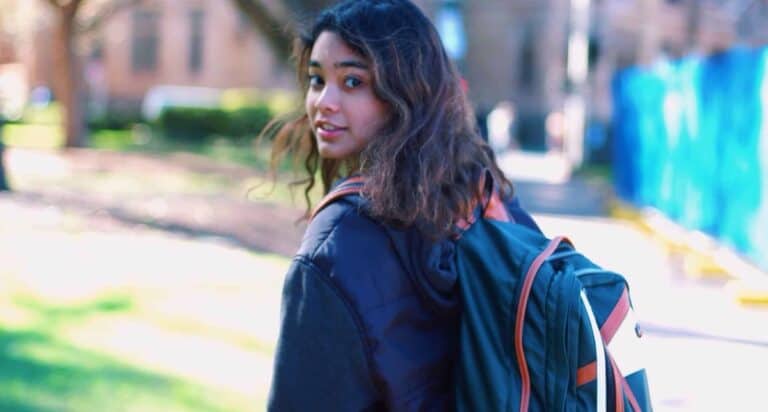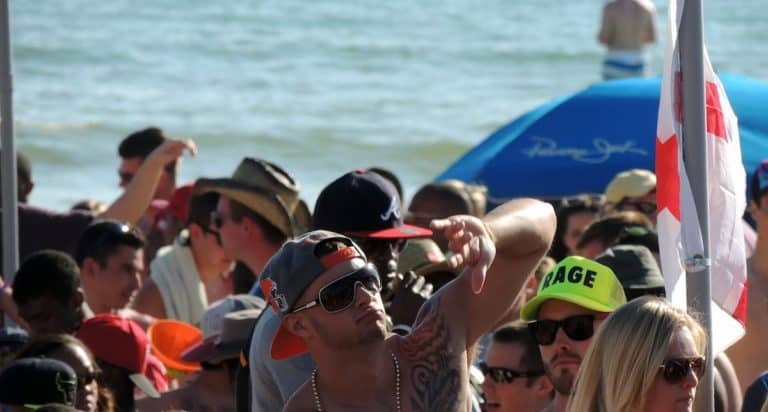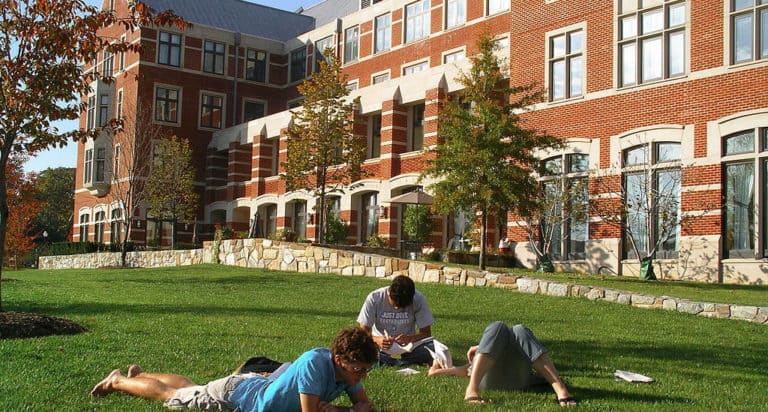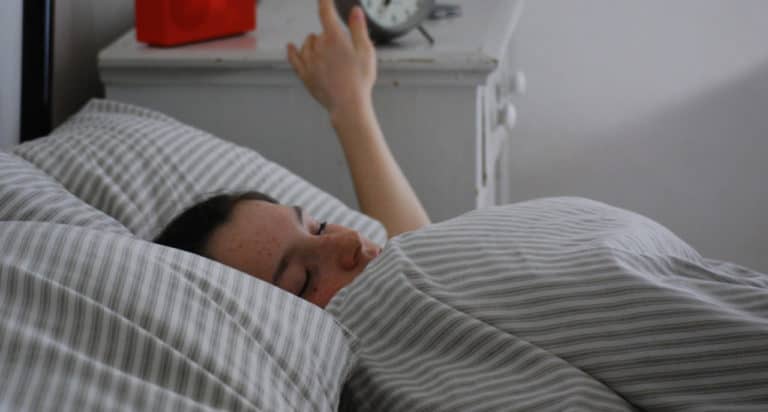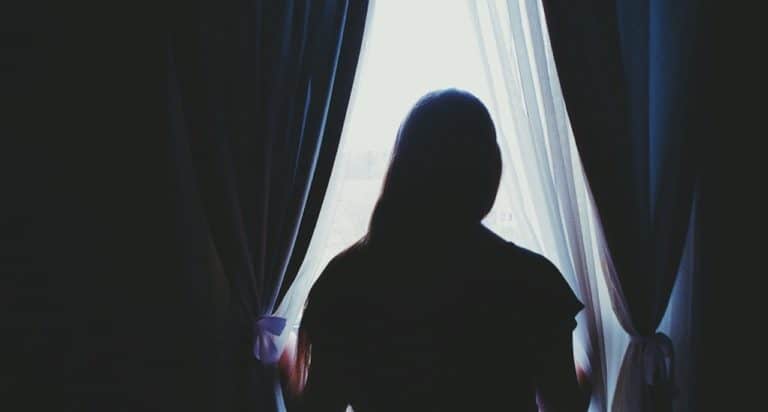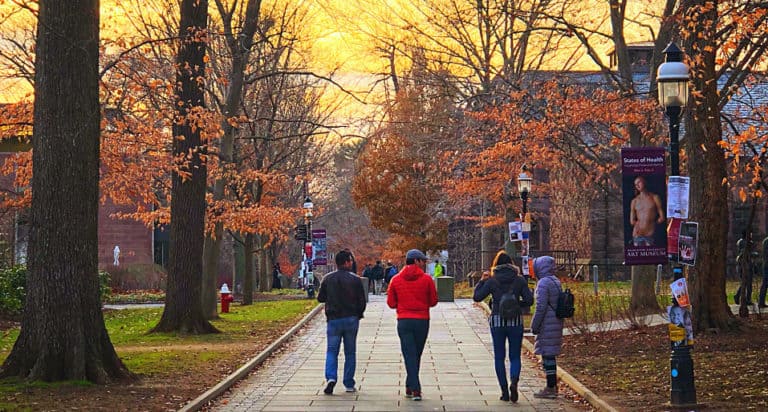I feel like I have the flu” my daughter, Kelsey, said as she arrived home after her college graduation from Union College. It was the summer of 2010 and we were all feeling jubilant. Kelsey was on her way to a new career in Boston and our younger daughter was excited to start her freshman year at a new high school in Redmond, Washington.
In high school, Kelsey had been an exceptional athlete helping her basketball team go all the way to state. She also played softball, typically first base, When she was fourteen, her team participated in the World Series for girls softball and Kelsey helped her team clinch second place in the world.
She was so strong I truly believed back then that nothing could bring her down.
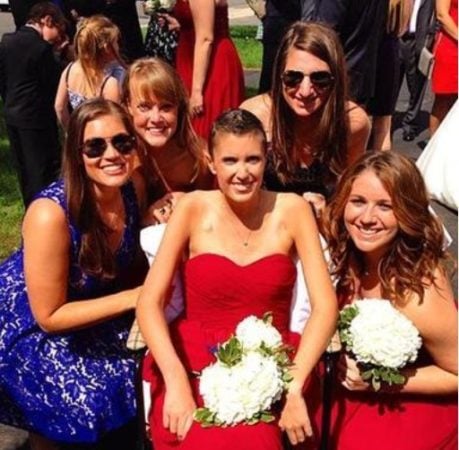
My Daughter Was Diagnosed with Ewing’s Sarcoma Cancer
Throughout that summer and into the fall, Kelsey had been experiencing tremendous pain in her pelvic area. She went to the doctor, but because she had been injured so many times playing sports, it was suggested that she see a physical therapist. I continued to think it would just get better, but it never did and eventually I found a rehabilitation doctor in Boston for her to see. By this time, she was starting to limp. She was also taking huge amounts of Ibuprofen.
We were lucky that the rehabilitation doctor suspected her excruciating pain was more than an old sport injury and she quickly referred Kelsey to Dana Farber. A biopsy and two second opinions confirmed that Kelsey had Ewing’s Sarcoma Cancer.
What I learned about Sarcomas
We were devastated, we knew nothing about sarcomas. I learned that sarcomas originate from connective tissues, such as bone, muscle, fat or cartilage, 1 in 1,000 families will have a child affected by sarcoma and most sarcomas, in particular Ewing’s Sarcoma, are diagnosed in teenagers.
Sarcoma are also called the “sport tumor” because it mimics a sport injury making it a challenging diagnosis. Time is crucial because it’s an aggressive cancer that can easily spread to the lungs. In hindsight, in Kelsey’s case, given that her high level of unremitting pain (more than 2 weeks), I would have requested MRI studies be obtained before moving forward with any treatment.
Family and Friends
Family and friends even childhood friends and classmates were shocked by the news, but immediately stepped in to lend support by sending texts, care packages, cards, and visiting during treatments and outside of treatments. Kelsey always made everyone feel comfortable by using her wicked sense of humor. One day she tweeted, “Apparently, I am suffering from male pattern baldness” (in reaction to her baldness as a result of chemo treatments).
What I learned as a mother
Don’t be afraid to interact with the child, adolescent, or adult with cancer. They need you more now than ever. The child with cancer who is not invited to the birthday party will be devastated. We were fortunate, Kelsey was invited to many events and activities including to be a bridesmaid in two weddings.
By this time, she was very weak and using a wheelchair, but she took her role as bridesmaid very seriously. Kelsey passed away before she could participate in the second wedding. But, the point is that both young women invited Kelsey to participate despite the fact that they knew she was having serious health concerns.
Siblings
If you can imagine this…one minute you are an active “normal” family and the next minute your “normal is a “new normal.” Cancer just doesn’t impact the person who has been diagnosed, it affects everyone, in particular, your other children.
Just like the rest of us, our youngest daughter (age 14-18 at the time) was very resilient and when we bounced from success to heartache year after year, she was right there with us. We never kept information from her. She was in Boston for many of the surgeries, she was on a four-way telephone call with Kelsey’s doctor when he said he thought we should move Kelsey back to Seattle and she was there when her doctor said there was no more they could do for Kelsey. She never acted out or sought any additional attention. I think from the beginning she sensed the urgent nature of what we were dealing with and she was going to do her part.
Co-workers
Kelsey worked throughout her treatments. She absolutely adored her job and loved the people she worked with. She was well-liked and received a promotion as assistant manager for one of the teams. Her place of employment helped her both financially and emotionally. When it was questionable whether or not the insurance would pay for a procedure, they stepped in. When Kelsey was away on medical leave, they came to visit and sent emails.
When Kelsey passed away, her job organized a Celebration of Life for her. They presented us with a scrapbook full of photos and co-workers’ memories of Kelsey. I learned how incredibly generous and humane a business and its employees can be. I learned how important it is to stay working if you can during treatment and I learned the importance of camaraderie. It allowed her to escape from her illness for brief periods of time…and be “normal” again.
Fund Raising
Chances are a family member or friend will approach you about organizing a fundraiser and in our case, they approached my daughter. The races or runs were the perfect fundraisers as the money was supporting cancer research. Let friends organize fundraisers even when you are able to manage all the medical and related expenses financially. They want to help and this is one way they can. In Kelsey’s case, the fundraisers functioned not only as a way to raise money but as a celebration of Kelsey’s life and Kelsey got to attend!
Celebrate the Successes
There are many ways to celebrate the end of treatment and for someone with sarcoma, it’s a grueling period of time. For Kelsey, her treatments lasted 8 months.
Small children may signal the end of their treatments by ringing a bell. Others celebrate with family and friends. For Kelsey, we celebrated all weekend with a “Peach Fuzz” Party where we celebrated the end of her treatments and also the return of her hair.
It is important to celebrate all milestones no matter how big or small because it gives young children, adolescents, and young adults a sense of accomplishment. The end of treatment is an exciting time because for the first time in a long time they get to shift focus away from treatment and begin to live a new “normal” life.
Grieving Together
If you are going to celebrate together, you need to also learn how to grieve together. No more than three months went by when we received a call from Kelsey’s nurse. “I’m so sorry,” she said. “Kelsey wanted me to contact you, she didn’t know how to tell you that her cancer has returned” she continued. So once again, we put on our fighting face and anxiously awaited next steps.
Kelsey had a partial hemipelvectomy where they perform a pelvic amputation. Her procedure was internal which means her leg was spared. However, she would need to walk with crutches and then a cane for the rest of her life. Basically, Kelsey had to learn to walk all over again.
Kelsey eventually went back to work. I was amazed by how much she could actually do. She never complained nor did she let anything get in her way of having fun. However, it was on a family vacation that we noticed Kelsey was coughing more than usual. Little did we know that our worst fears were coming true…the cancer had metastasized to her lungs.
At the end of 2013 and Kelsey had been accepted into her first clinical trial. It was a strange drug she would be taking that instead of losing her hair, the treatment side effects would turn her hair white. By Christmas, it was starting to shrink the tumors, but soon after her 26th birthday in February, the drug was no longer working and they decided to take her off the clinical trial.
By Spring 2014, it was evident that Kelsey was losing weight and getting weaker and weaker. While friends came to visit that summer, Kelsey was no longer able to keep up. In July, we went back to Dana Farber in Boston for one last surgery. I just remember feeling like doors were closing for us. It was a terrible feeling and one I fought against for a long time.
That summer, Kelsey traveled and saw a lot of family and friends. By the time we flew home, Kelsey was using a wheelchair full time and she was heavily medicated and in tremendous pain, drifting in and out of consciousness. When we landed, the pilot and flight attendant stood at the front of the plane looking at us while accessing our needs. I know what they were thinking. I just looked up and said, “we’re home now.”
The pain was so intense for Kelsey that at night every 15 minutes, she would call for my husband to re-position her and the next time, she would call for me. I later thought how considerate she was of our needs during the end of her life…alternating so we could each take a break.
All week her high school friends came to see her. Kelsey was in bed not saying much, while we were all talking and reminiscing. One day, one of her friends brought some popsicles she had made. She asked Kelsey how she liked them and Kelsey gave her the “thumbs up” sign. They gave her a friendship bracelet and one of her friends showed her a video message from the kicker on the Seattle Seahawks. Her dad had been one of the team doctors and the message was full of encouragement.
On Monday I was to take Kelsey to her doctor in Seattle, but I had no idea how to get her there (we needed a two-person lift to get her in and out of bed). On Friday, I called hospice and asked if they could come to the house instead and reassess Kelsey’s pain medication…my daughter was experiencing a great deal of pain.
Friday night, I slept with Kelsey and massaged her legs. She was retaining fluids in both legs from the surgery she had a week earlier. Unlike the days before, it was a peaceful sleep hearing her groan only a couple of times. When I awoke the next morning, Kelsey had passed away.
When the nurse from hospice arrived that morning, I, very emotionally, shared the news of Kelsey’s death. She immediately shifted her focus and began the process of laying out Kelsey’s body so close family and friends could pay their last respects.
What I didn’t anticipate is that Kelsey’s high school friends would want to come back to say “good-bye” and I was not going to deny them that opportunity. They were grieving just as much as we were. So in the end, our closest friends and Kelsey’s closest friends all grieved together.
We Raise Money for Sarcoma Cancer Research
Legacy
I think when you have a child pass away, you want people to remember them. This was certainly our case. Kelsey was brave and fought hard throughout. I often thought, if there was a medal of honor for cancer, my daughter would have been among the first to receive one.
After her passing, we arranged with others to celebrate Kelsey’s life in three locations that meant so much to her. To further honor our daughter, we created a college care package business called hugabox. We send care packages to college students across the United States. Kelsey helped design the business before she passed away. When her health was starting to decline, I began a dialogue with her about starting a business. I thought the business would give us something to do when she made the difficult decision to move back home.
We give 90% of the proceeds to six major sarcoma centers across the United States. In 2018, we donated over $10,000 to the major sarcoma centers and other cancer-related services.
Nothing we do will bring back our daughter, but we take great comfort in knowing that we are moving forward with others to make childhood cancer a national priority. It’s important for us to continue our efforts to honor Kelsey and at the same time help the next generation.
Related:
Where to Order the Best College Care Packages (Including Hugabox)
Grandparents Are The Real MVPs (and Unsung Heroes) of Parenting Teens
